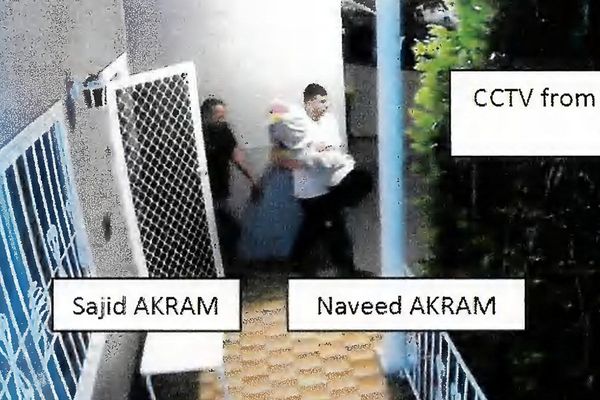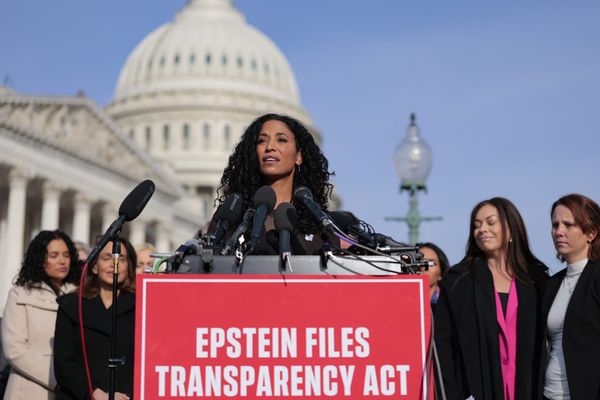
The government has delayed its decision over revived plans for a vast Chinese “super embassy” on the site of the former Royal Mint Court - with requests for further information about “greyed out” parts of the application.
President Xi Jinping has personally lobbied in favour of the proposed embassy, which would be situated between London's financial hubs in the City and Canary Wharf, and near three major data centres — heightening security fears.
The scheme was rejected by the previous Tory government and Deputy Prime Minister Angela Rayner, who also serves as Housing Secretary, was due to make a decision on the plan before September 9.
However, Ms Rayner has pushed back the decision date to October 21, amid fierce opposition from locals and campaigners critical of China's human rights record, with several major protests outside the site in recent months.
Opposition has also come from overseas. Both the White House and the Dutch government have warned against allowing China to build an embassy so close to major financial and political centres.
In May, a senior US official said: “The United States is deeply concerned about providing China with potential access to the sensitive communications of one of our closest allies.”
Planning documents for the proposed embassy site reveal “two suites of anonymous unlabelled basement rooms and a tunnel,” with their intended purpose redacted “for security reasons”.
A 12-day public inquiry into the plans took place in February. A report by the Planning Inspectorate — an executive agency of the Department for Housing, Communities and Local Government — is now believed to recommend approval.
Tower Hamlets Council originally rejected the application in 2022. However, the case was later called in by Ms Rayner, who used her ministerial powers to take the final decision away from the local authority.
Earlier this month, Ms Rayner requested further details from the Chinese embassy within a deadline of two weeks. She noted two of the planned embassy buildings in the drawings were "greyed out" - the cultural exchange building and Embassy House.
Ms Rayner also queried redacted drawings in the application, telling the embassy's planning consultancy to “identify precisely and comprehensively” which drawings were redacted and to explain the reasoning for such redactions, The Guardian reports.
The consultancy responded was that it was “neither necessary nor appropriate” to issue full internal layout plans, adding: "The applicant considers the level of detail shown on the unredacted plans is sufficient to identify the main uses."
This correspondence was shared by Luke de Pulford, executive director of the Inter-Parliamentary Alliance on China, one of several groups firmly opposed to the scheme.
Mr De Pulford said: "These explanations are far from satisfactory. The government set very few conditions and the Chinese didn’t even meet those. Now, to visit the abbey ruins, dissidents who want to visit will be on Chinese land, vulnerable to capture, out of the reach of UK authorities."
China purchased the Royal Mint site in 2018 and has been seeking to redevelop it ever since. Former Chinese foreign minister Wang Yi is understood to have raised the issue with Foreign Secretary David Lammy during his visit to London in January.







